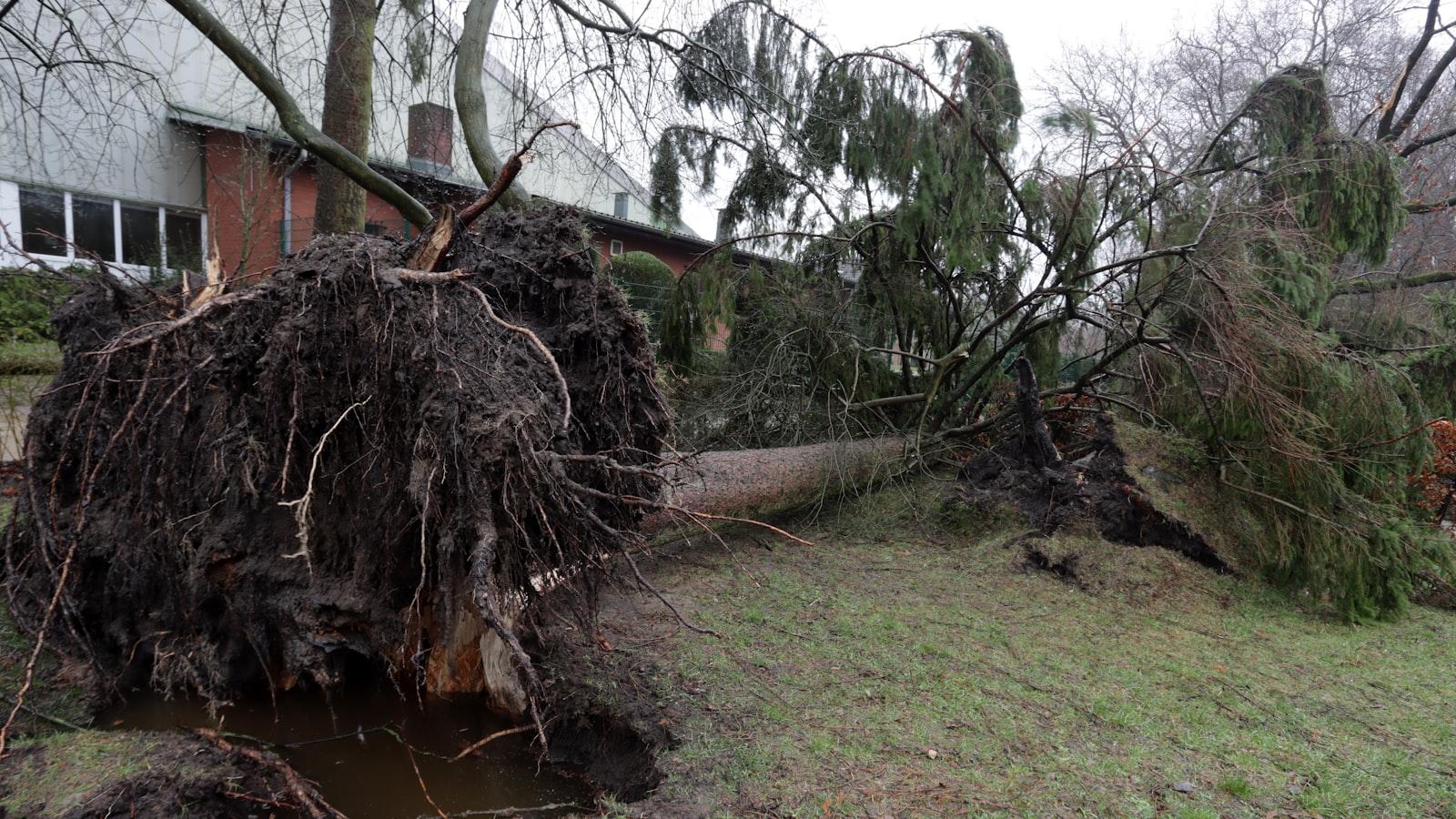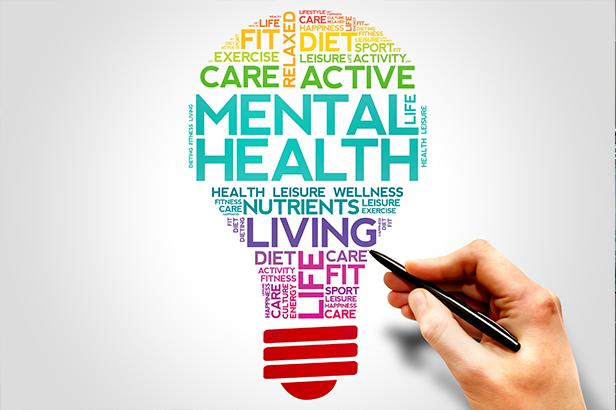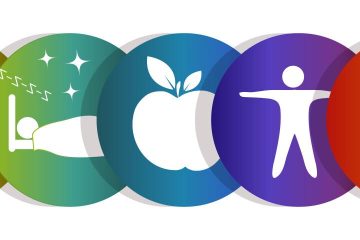In a world where self-care and holistic well-being are gaining more importance, the realm of health and wellness education stands as a beacon of empowerment and enlightenment. Exploring the depths of physical, mental, and emotional health, this field offers a pathway to understanding and nurturing the intricacies of our interconnected selves. Join us on a journey as we delve into the art of self-discovery and embrace the transformative power of knowledge in the pursuit of a balanced and harmonious life.
Table of Contents
- Exploring the Importance of Health and Wellness Education
- Key Elements of an Effective Health and Wellness Curriculum
- Practical Tips for Incorporating Health Education into Daily Routine
- Promoting Mental Wellbeing: Strategies for a Balanced Lifestyle
- Q&A
- Final Thoughts
Exploring the Importance of Health and Wellness Education
The pathway to a balanced and vibrant life begins with a deep understanding of how our health and wellness are intricately linked. By delving into the realm of health and wellness education, individuals unlock the key to optimal living. This journey is not just about the physical aspects of well-being but encompasses mental, emotional, and spiritual facets as well.
Empowering oneself with knowledge about nutrition, exercise, mental health, and stress management forms the cornerstone of a robust health and wellness education. Through this holistic approach, individuals can cultivate healthy habits, foster resilience, and nourish a positive mindset. By embracing a lifestyle centered on wellness education, one paves the way towards a more fulfilling and enriching existence, radiating vitality and purpose in every aspect of life.


Key Elements of an Effective Health and Wellness Curriculum
In a comprehensive health and wellness curriculum, a harmonious blend of key elements ensures a holistic approach to nurturing individuals’ well-being. Incorporating nutrition education as a fundamental component empowers students to make informed choices about their diets, fostering healthy eating habits that can last a lifetime. Coupled with physical activity initiatives, students not only learn the importance of staying active but also experience the benefits firsthand, boosting both their physical and mental health.
Moreover, stress management techniques play a vital role in equipping individuals with tools to navigate life’s challenges effectively. By teaching strategies such as mindfulness and relaxation exercises, a health and wellness curriculum empowers students to cope with stressors and enhance their overall resilience. When these elements intertwine cohesively, they lay the groundwork for a robust educational framework that prioritizes the cultivation of a healthy lifestyle.
| Key Elements | Benefits |
|---|---|
| Nutrition Education | Empowers informed dietary choices |
| Physical Activity Initiatives | Promotes overall physical and mental well-being |
| Stress Management Techniques | Enhances resilience and coping strategies |


Practical Tips for Incorporating Health Education into Daily Routine
Incorporating health education into your daily routine doesn’t have to be a daunting task. By implementing simple yet effective strategies, you can seamlessly integrate wellness practices into your lifestyle. One practical tip is to start your day with a nutritious breakfast, setting the tone for healthy choices throughout the day. Include foods rich in vitamins, fiber, and protein to boost your energy levels and focus.
Additionally, take short breaks during your workday to stretch and move around. Physical activity not only improves circulation but also enhances mental clarity. Another tip is to stay hydrated by keeping a water bottle within reach at all times. Proper hydration supports overall well-being and helps maintain optimal body functions. By incorporating these small habits, you can proactively prioritize your health and wellness education effortlessly.
| Tip | Description |
|---|---|
| Healthy Breakfast | Start your day with a nutritious breakfast to set the tone for healthy choices. |
| Active Breaks | Take short breaks to stretch and move around for improved circulation and mental clarity. |
| Stay Hydrated | Keep a water bottle nearby to ensure proper hydration for optimal body functions. |


Promoting Mental Wellbeing: Strategies for a Balanced Lifestyle
In the quest for a harmonious life, nurturing your mental wellbeing is paramount. Embracing a variety of strategies can pave the way for a balanced lifestyle that promotes inner peace and vitality. Incorporating mindfulness practices, such as meditation and deep breathing exercises, can help center your mind and alleviate stress. Engaging in physical activities like yoga, hiking, or dancing not only enhances your physical health but also boosts your mood and overall mental wellness.
Furthermore, fostering healthy relationships and open communication channels with loved ones can provide a strong support system during challenging times. Setting boundaries, both in personal and professional spheres, is essential for safeguarding your mental health. Prioritizing self-care activities, such as indulging in hobbies, reading a good book, or taking relaxing baths, can rejuvenate your spirit and recharge your energy levels. Remember, a holistic approach to wellbeing that addresses both mental and physical aspects is key to leading a fulfilling and balanced life.
Q&A
Q: What is the importance of health and wellness education in today’s society?
A: Health and wellness education plays a crucial role in empowering individuals to make informed decisions about their well-being, leading to healthier lifestyles and improved quality of life.
Q: How can health and wellness education benefit individuals on a personal level?
A: By providing information on nutrition, exercise, mental health, and overall well-being, health and wellness education equips individuals with the knowledge and tools to take control of their health and lead fulfilling lives.
Q: What are some effective strategies for incorporating health and wellness education into daily routines?
A: From mindfulness practices and physical activities to balanced diet recommendations and stress management techniques, integrating health and wellness education into daily routines can be achieved through small, sustainable changes that promote long-term health benefits.
Q: What resources are available for individuals seeking to expand their knowledge of health and wellness?
A: A plethora of resources such as online courses, community workshops, health seminars, fitness classes, and reputable websites offer valuable information and guidance to individuals eager to enhance their understanding of health and wellness practices.
Q: How can health and wellness education positively impact communities at large?
A: By fostering healthier behaviors, reducing healthcare costs, and promoting overall well-being, health and wellness education can create a ripple effect, leading to healthier, happier communities that thrive on a foundation of knowledge and empowerment.
Final Thoughts
As we wind down this exploration into the realm of health and wellness education, remember that knowledge is power when it comes to nurturing your well-being. By embracing a lifelong journey of learning and self-discovery, you pave the way for a healthier and more fulfilling life. Stay curious, stay informed, and most importantly, stay committed to prioritizing your health. Let us continue to strive for holistic wellness, one conscious choice at a time. Thank you for embarking on this enlightening adventure with us. Here’s to your continued growth and flourishing well-being.




0 Comments